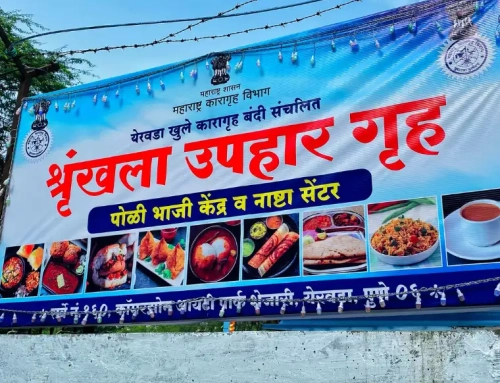The India Meteorological Department (IMD) on Tuesday launched a dedicated web portal of its over-a-century-old meteorological data. This data can be accessed by forecasters, researchers, students and the general public. This new portal for all the 100 year old climate data can be accessed on the following web address, https://mausam.imd.gov.in/
Dr M Rajeevan, Secretary, Ministry of Earth Sciences (MoES) launched the portal on the occasion of World Meteorological Day (WMO) observed on 23rd March. The portal has been developed by the scientists of the National Data Centre (NDC) at the Climate Research and Services (CRS) office of IMD, Pune.
The IMD Pune office is the only custodian of all meteorological data of the country and is presently home to continuous observations, now available digitally, since 1900.
Meteorological parameters like temperature, humidity, rainfall, air pressure and others are manually recorded eight times in a day. Accurate data observations are vital as these are fed into weather models which then guide meteorologists in forecasting. With such large data generated everyday, it becomes imperative that they be verified, processed and archived. In the recent years, meteorological data in the form of weather charts were digitised and preserved at the IMD, Pune.
“The new portal will provide real-time weather data observations, climate extremes and normals, data on monsoon and cyclones, data visualisation through graphs and charts along with a facility to download gridded data for users,” said Dr D Sivanand Pai, head, CRS, IMD, Pune.
In addition to weather predictions, historical meteorological data is key in climate studies which help in recreating and understanding the evolving climate. India is one of the few countries possessing vast meteorological data sets.
This year, the theme of WMO day is ‘The Ocean, Our Climate and Weather’. Speaking on the occasion, Dr Mrutyunjay Mohapatra, IMD Director General, said that IMD’s coupled model — which uses meteorological data from both atmosphere and oceans, needs to be improved further so as to improve forecast accuracy.
India has a coastline of over 7,500 kms and nine coastal states, there are over six billion people whose livelihoods are dependent on seas. “With the events posing hazards to our coasts rising, a large population living there is facing constant threat. We must therefore introduce impact-based ocean forecasting for coastal areas, so that cyclones, tidal waves and similar threats can be better tackled,” Mohapatra said.




